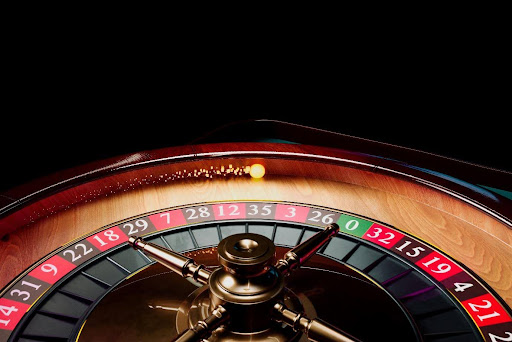Originating in 18th century France, Roulette has a rich history. Since its beginnings, the game has developed into various versions, with European and American Roulette being the most prominent.
With this in mind, let’s delve into the history of Roulette and explore the key differences between these two popular variations so you know more about this casino classic the next time you visit Virgin Bet online Roulette or a land-based casino.
A brief history of Roulette
The name of the game, Roulette, derives from the French word meaning “little wheel.” The game was inspired by older games like Roly-Poly, Even-Odd, and Biribi, but the modern version we recognise today was developed by Blaise Pascal, a French physicist, mathematician, and inventor. Pascal initially set out to create a perpetual motion machine, but instead developed the primitive version of the Roulette wheel we know today.
In 1842, Frenchmen François and Louis Blanc introduced a single-zero version of the Roulette wheel to reduce the house edge, in an attempt to boost the economy of Hamburg, Germany, where they were working.
This version of the Roulette wheel became known as European Roulette and gained immense popularity in Europe, taking centre stage in the first modern casino of its time – the Monte Carlo Casino.
Conversely, the double-zero version, known as American Roulette, was introduced to the United States in the 19th century, becoming a staple in American casinos.
The key differences between European and American Roulette
While both European and American Roulette share the same fundamental rules, the differences in their wheel layouts and house edges create unique experiences for players. The main differences are:
- Wheel layout:
- European Roulette: The European Roulette wheel features 37 pockets numbered from 0 to 36, with a single zero (0). This layout provides a house edge of approximately 2.7%.
- American Roulette: The American Roulette wheel includes 38 pockets numbered from 0 to 36, with an additional double zero (00). This extra pocket increases the house edge to about 5.26%.
- House edge:
- The inclusion of the double zero in American Roulette significantly impacts the house edge. With its single zero, European Roulette offers better odds.
- Betting options:
- Both variations offer similar betting options, including inside and outside bets. However, European Roulette features a unique bet known as the “En Prison” rule. If the ball lands on zero, you can choose to imprison your even-money bets, allowing it to be used for the next spin. If the bet wins on the next spin, you get your money back. This rule further reduces the house edge in European Roulette games when in play.
- Table layout:
- The betting table layout is also slightly different between these two versions. In American Roulette, the betting area is more compact, with the additional green double zero slot reflected in the table design.
–
Roulette’s journey from the French casinos of the 18th century to the online platforms of today is a testament to its popularity. Whether you prefer the single-zero or double-zero variation of the game, understanding the differences between the two variations can help you decide which version of the game is best for you.
Help keep news FREE for our readers
Supporting your local community newspaper/online news outlet is crucial now more than ever. If you believe in independent journalism, then consider making a valuable contribution by making a one-time or monthly donation. We operate in rural areas where providing unbiased news can be challenging. Read More About Supporting The West Wales Chronicle

























